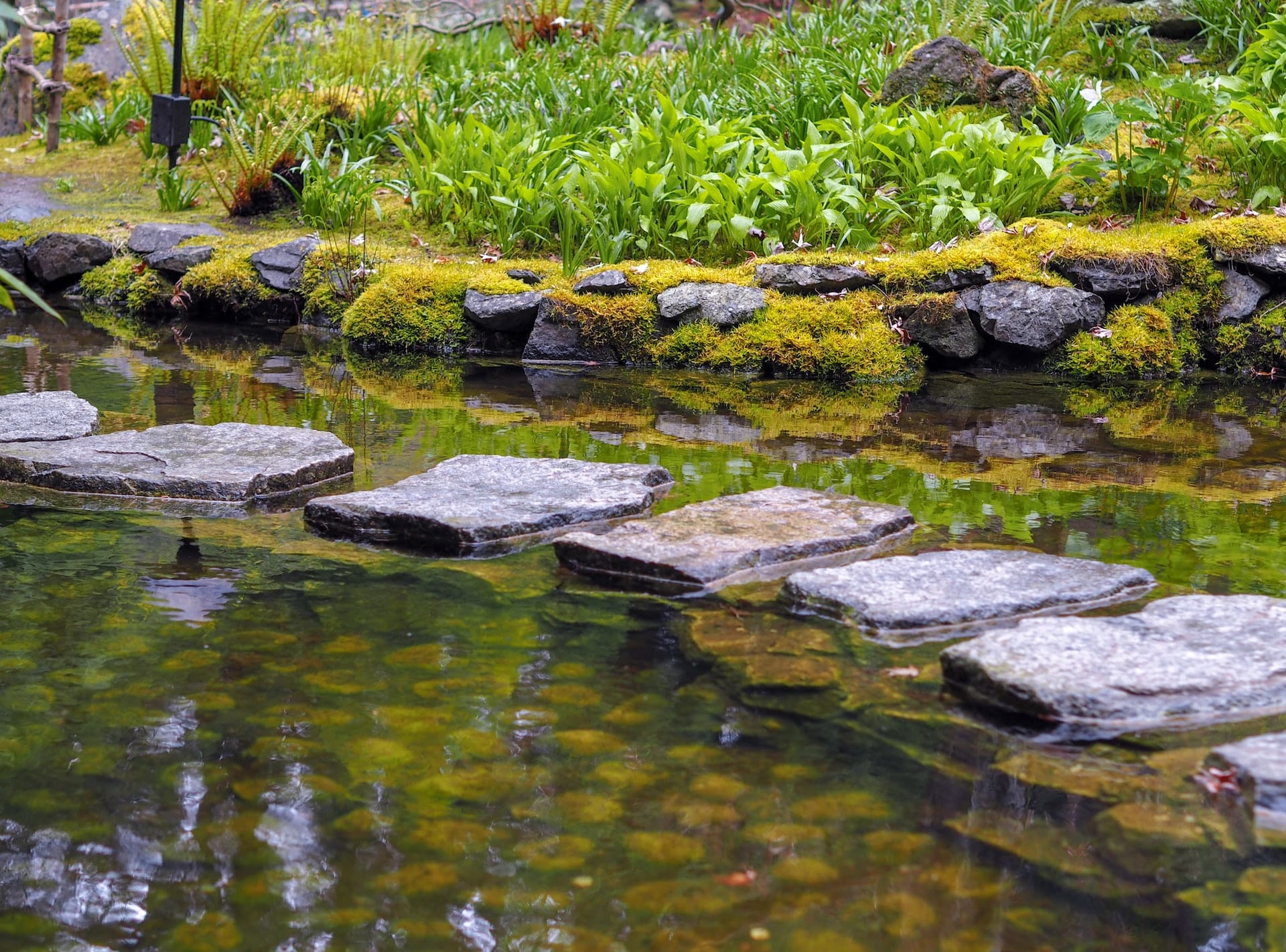
Photo by Brad Strait on Unsplash
There are many different ways to get rid of aquatic vegetation, including the use of biocontrol. Here are three of the most important methods to use in controlling aquatic vegetation. This article explores the importance of biocontrol, aquatic weeds, and grass carp. Hopefully, you'll find this information useful. Once you know how to manage aquatic weed control, Florida area, you can focus on removing them forever.
Biocontrol
The use of biological control agents to kill invasive weeds is an excellent method to control invasive species. These pests are controlled by releasing live, non-native biological control agents into a targeted weed's habitat. This method is called classical biological control. In this method, an insect or plant pathogen is introduced to a new environment and released to attack the weed. The target species is then destroyed or controlled through subsequent generations of the biocontrol agent.
Biological control of aquatic weeds has numerous advantages. It is not only effective for controlling aquatic weeds, but it also benefits aquatic life. A poorly-managed waterway causes high mosquito populations, retarded water flow, and foul taste to water. It can even reduce property values. A number of plant pathogens have been studied for aquatic weed control. Several have been tested for their efficacy.
Non-chemical methods
There are several non-chemical methods for aquatic weed control. Commercial divers provide an excellent method of aquatic weed control. Diver pulling is a method that involves divers pulling out the entire invasive plant, preventing rapid re-growth. The process is safe for aquatic life and is environmentally friendly. For more information about diver pulling, visit the Washington State Department of Ecology website.
Chemical herbicides are ineffective against aquatic weeds in cold water. If possible, apply herbicides in the spring when water temperatures are 60°F or higher. However, treatment should not be delayed as the herbicides may deplete oxygen levels and suffocate fish. Herbicides must be applied when plants are actively growing and the water temperature is compatible with the herbicide's application.
Grass carp
The most common aquatic weed control in the United States is grass carp. Also known as the white amur, this species is native to rivers in eastern Russia and China. They have been introduced to over 50 countries, both as food fish and as weed control. Their long life span and selective feeding habits enable them to co-exist with other species of aquatic plants.
Once you have the correct population, you can stock grass carp in your pond to help eradicate weeds and unwanted vegetation. While grass carp are fast-growing, they do not work efficiently for invasive species. They also require an appropriate amount of food to survive. So, you need to carefully choose how much grass carp to stock. Remember to stock your pond according to the amount of vegetation it needs to be effectively controlled.
Biological control
Biological control of aquatic weeds has several advantages over chemical or mechanical methods. In general, these methods are nontoxic, cheap, and permanent. Many biological agents have been proven effective, including insects and fish. However, in the United States, herbivorous fish are not a viable option, due to their sensitivity to low temperatures. Some countries have successfully introduced amur, an insect that eats aquatic weeds, as a biological control agent. This insect may be introduced to the United States to alleviate our aquatic weeds problem.
Herbicides are only effective against certain weed species, so identification is essential before purchasing herbicides. Some herbicides are only effective on specific weeds, so a good guide is an invaluable resource. Another useful tip is to get help from the county extension service or fisheries biologists. Before bringing herbicides to a pond, keep them in a plastic bag without additional water.
Herbicides
Herbicides for aquatic weed control come in a variety of forms and applications. Many of these substances are registered with the US Environmental Protection Agency (EPA) for use in ponds. Depending on the herbicide, the restrictions may include swimming, fishing, domestic use, mixing agricultural sprays, and consuming fish or plants from treated water. It's important to read the label to be sure it's safe for the pond.
Herbicides are available in a variety of formulations and modes of action, so you're sure to find the right one for the job. There are contact, systemic, and slow-acting formulations to suit your application strategy. Herbicides are classified by their mode of action, too, so you should read the label carefully before applying any product. For example, some products are recommended for use in the immediate vicinity of weed growth, while others are best suited for longer-term use.
You may also like
The Importance of Using Native Plants and Flowers in Your Garden
A Definitive Guide to Xeriscaping: 10 Best Xeriscaping Ideas
How to Grow Your Own Vegetables Without a Garden
4 Tips For Perfect Landscaping
